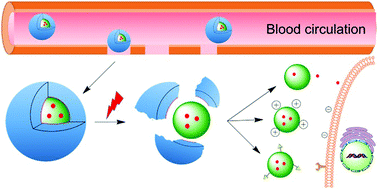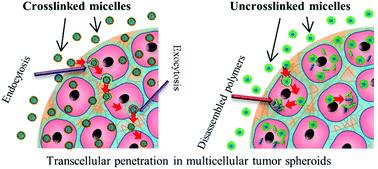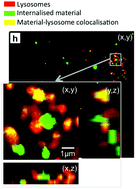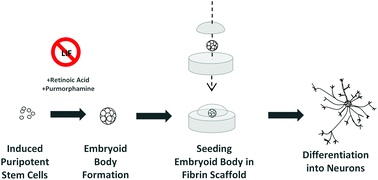
Biomaterials Science is pleased to announce that the Organ-on-a-Chip World Congress & 3D-Printing will be held at Wyndham Boston Beacon Hill in Boston, USA on the 8th – 9th July 2015.
Deadlines and dates
Registration is open, so why not sign up for this fascinating meeting now!
If you are interesting in presenting a poster you must submit your abstract by 30th June 2015. Abstracts for oral presentations are also being accepted.
Themes and topics
The 3D-printing field is expanding exponentially and it is starting to impact the life sciences arena. The current interest in this space is the use of various bioinks to “print” parts of tissues in the goal and hope to bioprint organs as well as body parts in the future for regenerative medicine and other medical applications.
This conference explores 3D-printing in the life sciences through presentations from academic researchers as well as industry participants. Several companies involved in bioprinting and bioinks will be exhibiting at this conference. The companion conference track explores Organ-on-a-Chip/Body-on-a-chip, which employs the use of microfluidics and lab-on-a-chip (LOAC) technologies to build “cell clusters in 3D-format” in functionally-relevant patterns. These patterns enable cellular function to be recapitulated ex vivo and has wide-ranging potential for drug discovery and development applications in the pharmaceutical and biotechnology industries.
Please contact event organisers Karen Saunders or Enal Razvi if you have any queries.
Head to the conference website to find out more about this 2-track event.
Join the conversation on Twitter: #OOAC2015 and let us know if you’re going @BioMaterSci.





















